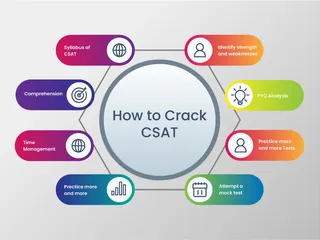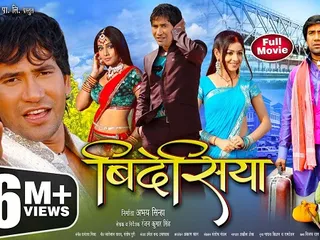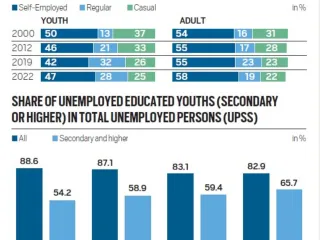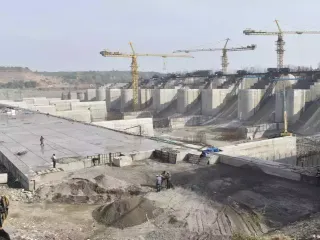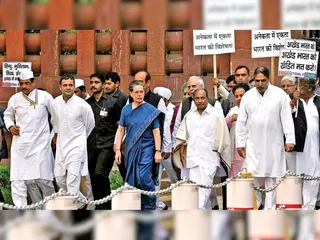Land reforms in India represent a complex and multifaceted historical process aimed at restructuring land ownership and tenancy systems to promote equity, agricultural productivity, and rural development. Post-independence India inherited a deeply unequal agrarian structure characterized by vast disparities in land ownership and widespread tenancy, largely stemming from the pre-existing Zamindari system.
The Zamindari system, a feudal arrangement where intermediaries collected rent from cultivators without directly owning the land, was a significant obstacle to agricultural progress and social justice. The abolition of Zamindari, a cornerstone of early land reforms, aimed to transfer ownership to the actual cultivators (tiller). This process, however, faced significant hurdles. Many Zamindars successfully circumvented the reforms through legal challenges or by transferring land to their relatives before the legislation took effect. Furthermore, the implementation varied considerably across states, leading to inconsistencies in effectiveness.
Other key aspects of land reforms included tenancy regulation, aiming to protect tenants from exploitation through fair rent and security of tenure. Consolidation of land holdings aimed to create more economically viable farm units. Ceiling on land holdings sought to limit the concentration of land ownership in the hands of a few, theoretically making more land available for redistribution. These efforts, while ambitious, often fell short of their goals. Powerful landowners often used their influence to evade regulations, and weak administrative capacity hindered effective implementation.
The Green Revolution, initiated in the 1960s, significantly impacted the agricultural landscape and intertwined with land reforms. While boosting productivity, the Green Revolution also exacerbated existing inequalities. Access to new technology and inputs disproportionately favored larger landowners, further marginalizing small and landless farmers. This created a paradoxical situation where increased productivity did not necessarily translate into equitable distribution of benefits.
Despite the limitations, land reforms have had a demonstrable impact. The abolition of Zamindari significantly reduced the power of intermediaries and fostered a sense of ownership among cultivators. Tenancy regulations, though imperfectly implemented, provided some protection to tenants. However, the overall impact on land distribution has been limited, and the concentration of land ownership remains a significant concern. Landlessness and land scarcity continue to be major challenges in rural India, fueling social and economic inequalities.
Ongoing challenges include lack of effective implementation, inadequate land records, weak administrative capacity, and legal loopholes exploited by powerful landowners. Addressing these requires a multifaceted approach, including strengthening land records, simplifying land transfer procedures, providing support to small and marginal farmers, and promoting land-based livelihoods beyond agriculture. Continued efforts toward land reform are crucial for achieving inclusive growth and social justice in India.
Further research into specific state-level land reform initiatives and their impact offers a richer understanding of this ongoing process.





















 (24)jpeg-1722421859875.jpeg.webp)









